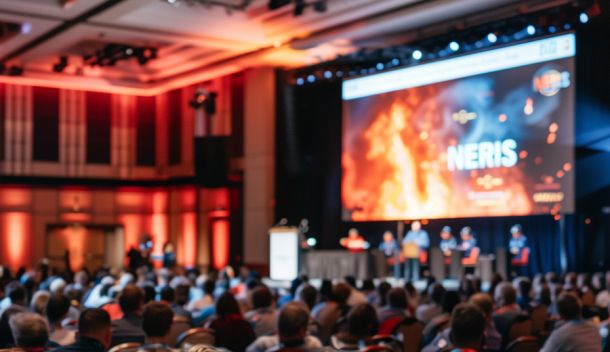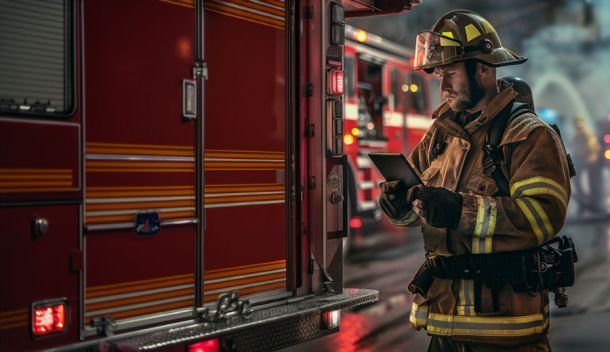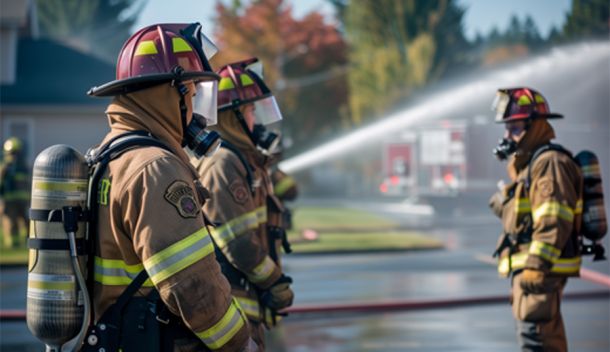From Non-Profit to Market Giant
The Insurance Services Office (“ISO”) started operations as a non-profit in 1971. It was formed as an association of insurance companies to gather statistics and report to regulators.
ISO’s founding was over 100 years in the making. In 1866, the National Board of Fire Underwriters was created. Large, citywide fires led to several insurer bankruptcies in the US. The National Board sought to standardize insurance rates and regulate insurers to avoid more bankruptcies and bailouts.
However, by the 1920’s, rate restrictions meant that US-based insurers couldn’t compete with offshore insurers like Lloyd’s of London. By the 1950’s, states were starting to allow insurers to price outside of federal rate restrictions.
Back to 1971. ISO was formed to provide data so insurers could make their own rate decisions, but they were expected to use good data. ISO provided that data.
In 1997, ISO transitioned to a for-profit entity. ISO effectively went public in 2009 as Verisk Analytics (NASDAQ: VRKS). At the time of the IPO, top owners included several large insurance companies, including Warren Buffet’s Berkshire Hathaway. I found this interesting. You rarely see key customers as large owners of a publicly traded company.
As of the time of writing, Verisk Analytics is a $35 billion market cap company. The ISO Fire Suppression Rating Schedule (“FSRS”) is now a very small part of Verisk. However, the roots of this massive company can be traced back to one simple question: How should fire protection insurance be priced?




